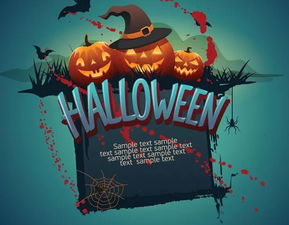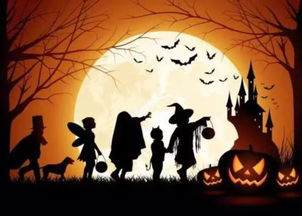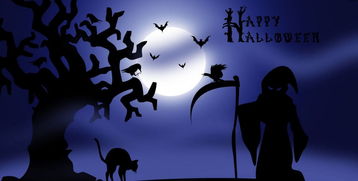来源:小编 更新:2024-10-04 12:44:20
用手机看

Halloween, also known as All Hallows' Eve, is a traditional Western festival celebrated on October 31st. Its origins are steeped in ancient customs and beliefs, making it a fascinating topic for those interested in cultural history. This article delves into the origins of Halloween, exploring its roots and the various traditions that have evolved over time.

The origins of Halloween can be traced back to the ancient Celtic festival of Samhain, which marked the end of the harvest season and the beginning of winter. The Celts, who lived in what is now Ireland, Scotland, and Wales, believed that on this day, the boundary between the worlds of the living and the dead became blurred. They would light bonfires and wear costumes to ward off evil spirits, as they believed that the spirits of the dead would return to their homes on this night.

The Druids, the Celtic priests, played a significant role in the celebration of Samhain. They were believed to have the power to communicate with the spirits of the dead and would perform rituals to honor them. The Druids would also carve turnips into lanterns, which were then placed around the homes to protect against evil spirits.

With the spread of Christianity in the early Middle Ages, the celebration of Samhain was gradually incorporated into the Christian liturgical calendar. The Church established All Saints' Day, also known as All Hallows' Day, on November 1st to honor all the saints. To coincide with this new holiday, the night before, October 31st, became known as All Hallows' Eve or Halloween.

Over time, the traditions associated with Halloween have evolved. One of the most enduring customs is the wearing of costumes. It is believed that wearing costumes helps to disguise oneself from evil spirits. Another popular tradition is the carving of jack-o'-lanterns, which originated from the practice of carving turnips into lanterns. The story of Jack-o'-lanterns is said to be about a man named Jack who tricked the devil and was doomed to wander the earth with a lantern for eternity.

The practice of trick-or-treating has its roots in the medieval custom of